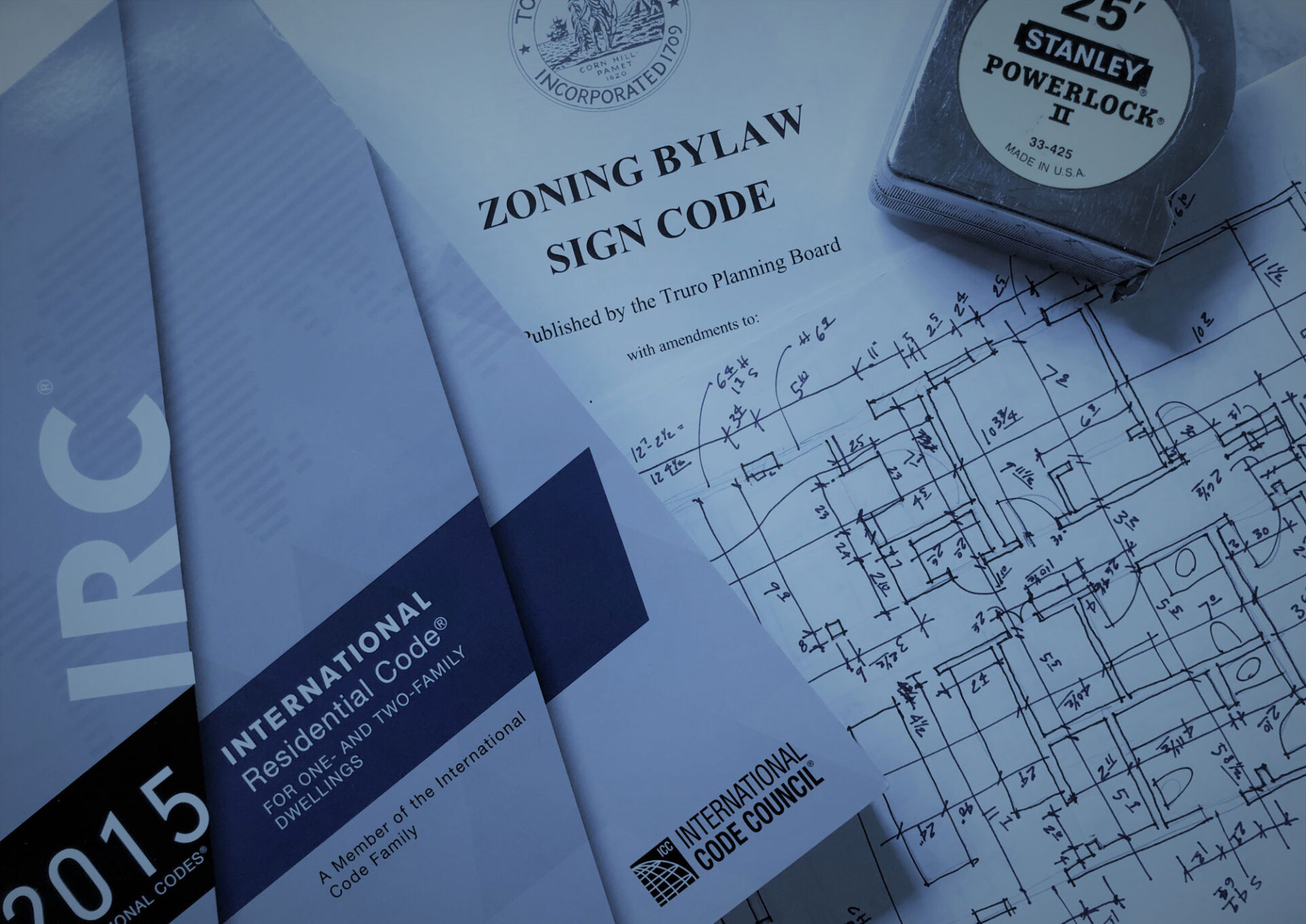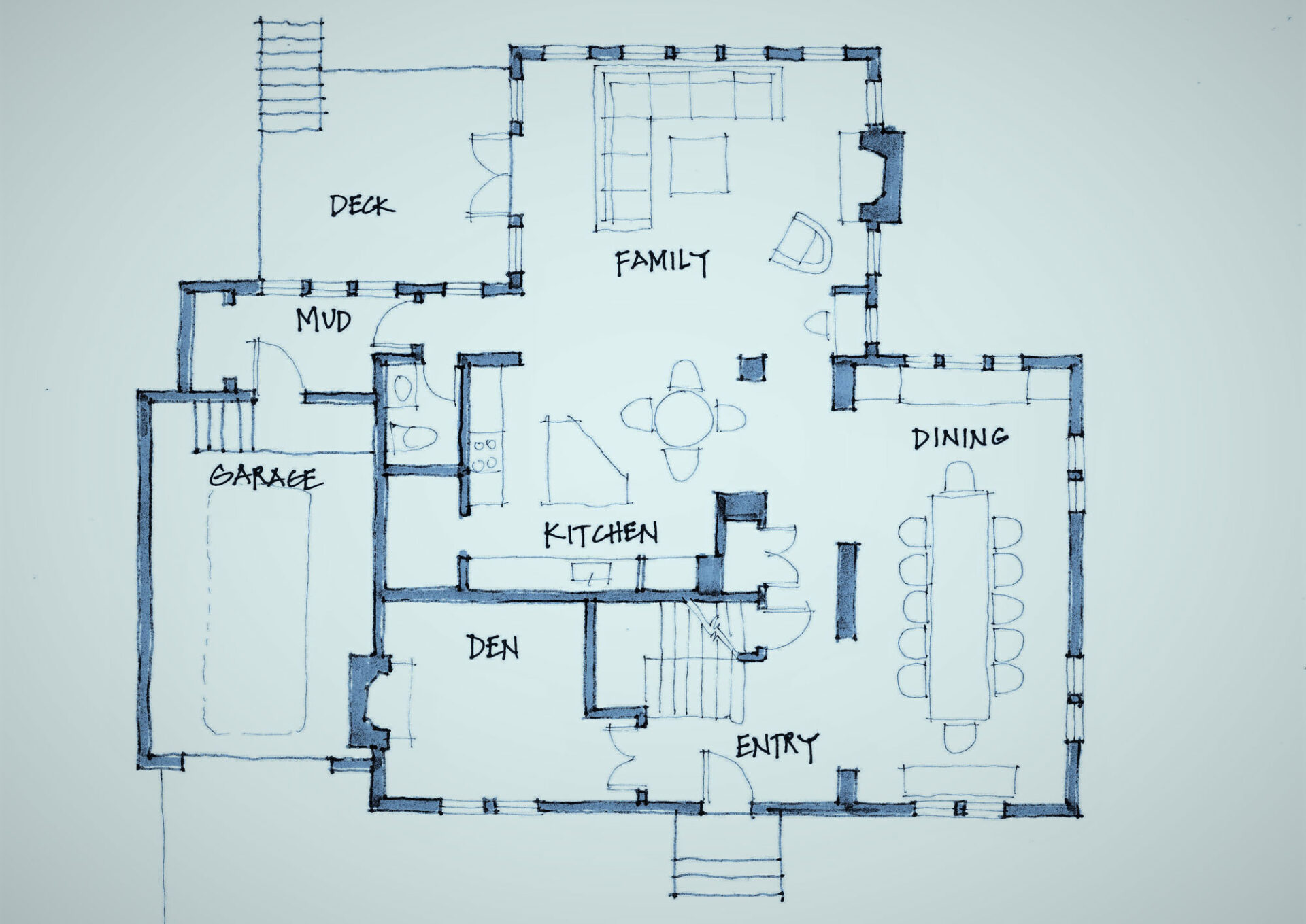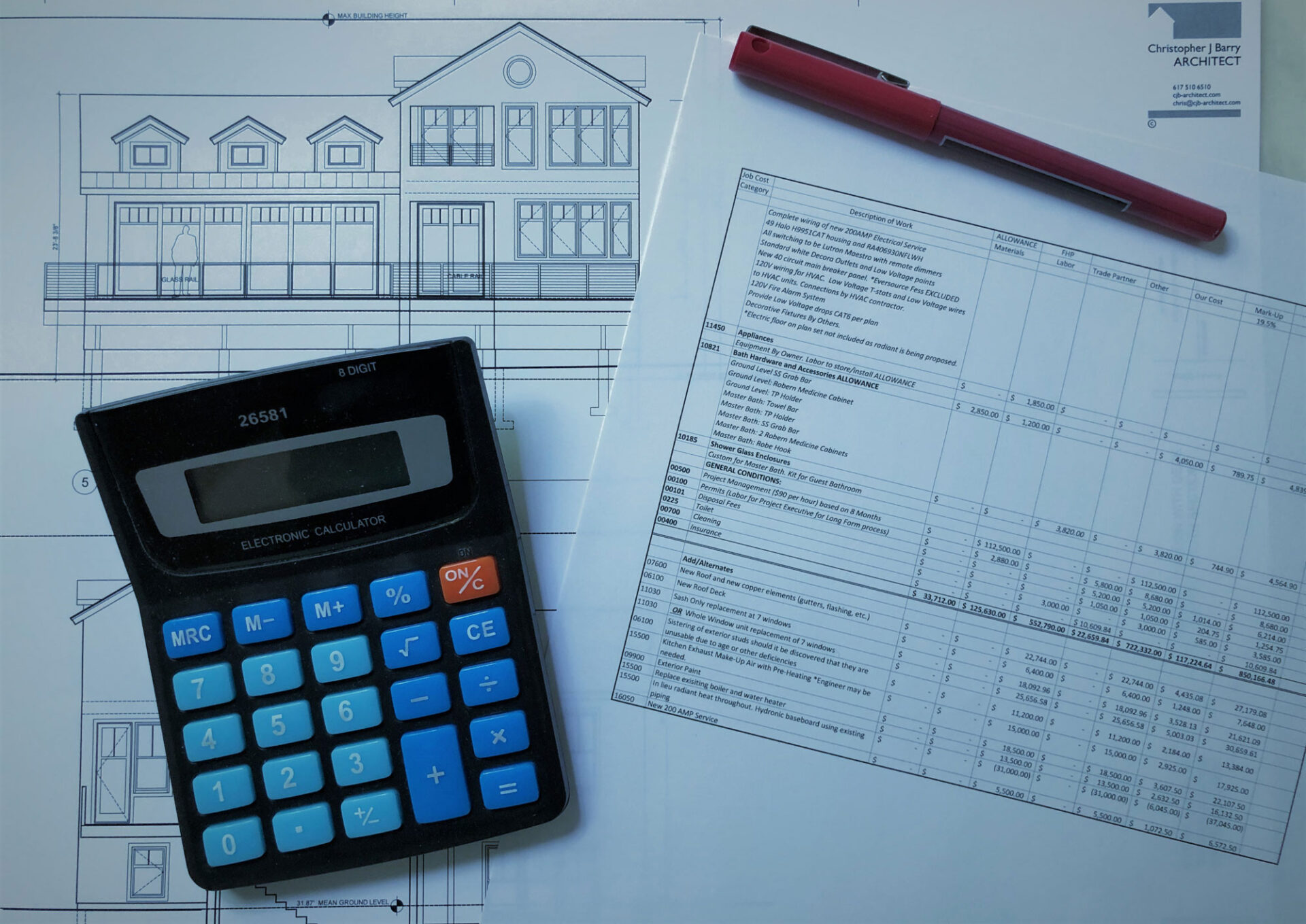Design Process
Creating Value through Architectural Design
Homes evoke more emotion in us than most other structures. They represent a sense of value, self-worth, and an investment—one of the most important ones we may ever make. Christopher can assist you in realizing both the emotional and actual value of your home through high-quality, thoughtful design. Whether you require short design consultation or services involving detailed drawings for a renovation, an addition, or new construction, Christopher can leverage his experience and tailor his expertise to fit your vision. Together, you will craft an environment that is uniquely your own.
A parti pris, as it is referred to in French and the origin of the word, is the organizing thought or decision behind an architect’s concept. It can come in the form of a simple statement or a basic diagram that can be both an inspiration and a dilution, such as a napkin sketch. While these sketches can be a magnificent expression that capture several ideas at once, when vetted, they often fall far short of a true solution. When crafted with intent, the parti can be the driving force behind an idea and the power to see that idea through the design process to fruition.
Feasibility Studies
Phase 1: Programming – Documenting Concepts and Existing Conditions
This step involves gathering information about your specific needs and requirements and measuring the existing conditions. From there, Christopher identifies further project parameters (site requirements, potential zoning issues, etc.) and assists you in establishing a budget. He reviews potential code issues and requirements that are evident at the onset of the project, and then draws the existing conditions on CADD (computer-aided drafting and design) and provides the client with results.
Phase 2: Schematic Design – Developing the Concepts
A series of rough sketches are prepared (2-4 options, based on the project’s complexity) from the information gathered in Phase 1 to show a conceptual approach to the design ideas. Not all drawings need to be a CADD. Often, those prepared by hand can better and more clearly illustrate the general arrangement of the rooms or spaces and other pertinent design ideas. You will then choose the design elements that best meet your needs, incorporating them into the next phase of the design process.
Phase 3: Design Development – Refining the Architectural Design
More refined drawings are prepared to incorporate the ideas generated from Phase 2. More detailed drawings showing floor plans and elevations will be presented for review, and additional options may be presented to better illustrate the design intent. Outline specifications are prepared, materials are identified, and are proposed. This phase can take a couple of meetings to refine. However, it’s possible to obtain estimated pricing at the end of this stage if you already have established a good working relationship with a contractor.
Phase 4: Construction Documents – Documenting the Architectural Design
In Phase 4 the process of preparing drawings and specifications needed to bid, obtain permits, and determine the overall construction of the project begins. These drawings take a fair amount of time to create and, once created, cost the most to alter if changes are requested. That’s why Christopher suggests meeting at least once during this stage in the design process to review progress.
Phase 5: Establishing a Price – Bidding and Hiring a Contractor
As the client, you select and hire the contractor. Two-to-three contractors are usually asked to submit their pricing and/or qualifications. From this list, a contractor can be selected on the basis of the pricing and/or credentials submitted. Christopher may assist in the selection process given his general knowledge of how pricing is structured. He can suggest some names of contractors, help distribute the contract documents, and help review the pricing received from contractors. Ultimately, you will establish a contractual relationship with the selected contractor. In a team approach, you, Christopher, and the contractor will collaborate through the construction process.
Phase 6: Construction Observation – Observing Overall Process of Construction
In the final phase, the contractor will physically construct the project and is solely responsible for construction methods, techniques, schedules, and procedures. During construction, however, Christopher will observe the process at appropriate intervals to determine that the project is built according to the plans and specifications and to see that it complies with the design intent. Christopher may also review materials submitted for compliance with the specifications, resolve detail issues, and design modifications that arise as a result of unforeseen conditions. He will generally inform the client of the project’s progress in relation to conventional expectations. Christopher will also review the contractor’s request for payments if requested by the client.
Examples of how Christopher’s process has come to life for others is found in his portfolio.






